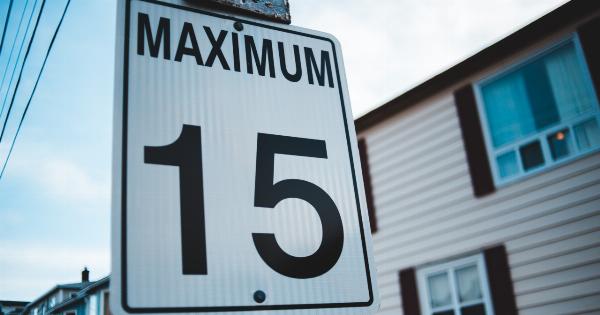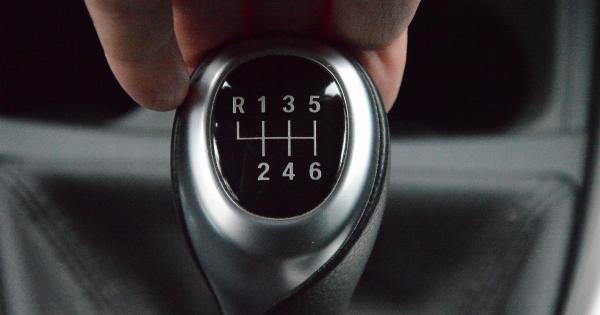Pressure washers are convenient and efficient machines that can make routine cleaning tasks a breeze. They are great for cleaning driveways, patios, decks, and even the exterior of your house.
A pressure washer can save you time and energy and leave a spotless surface behind.
However, not all pressure washers are created equal. They come in different types, sizes, and powers. One of the most critical factors that determine the effectiveness of a pressure washer is the pressure rating.
Consumers often see numbers like PSI and GPM on these machines but don’t always understand what they mean. In this article, we will explore the difference between powerful vs. weak pressure washers and help you understand the numbers associated with them.
What Is Pressure Rating?
Pressure rating is a measurement of the force generated by a pressure washer. There are two basic measurements used to determine pressure rating: Pounds per Square Inch (PSI) and Gallons per Minute (GPM).
PSI measures the amount of force produced per square inch of water spray. High PSI means that the machine is capable of delivering a lot of force, which can be very useful for cleaning tough stains and dirt.
GPM measures the amount of water that comes out of the pressure washer per minute. A high GPM rating means that the pressure washer can wash surfaces quickly and efficiently.
Understanding the Numbers
Low-Pressure Washers
A low-pressure washer is suitable for the average homeowner who wants to clean their car, patio, or outdoor furniture. These machines usually have a PSI rating of 1000 to 2000 and a GPM rating of one or two.
They are ideal for removing dirt, dust, and light stains. Low-pressure washers are also excellent for washing windows without damaging the glass.
Medium-Pressure Washers
Medium-pressure washers are more powerful than low-pressure machines, and they are suitable for larger jobs. They typically have a PSI rating of 2000 to 3000 and a GPM rating of three to four.
These machines can handle tougher stains and dirt, as well as grease and oil stains on driveways. Medium-pressure washers are also ideal for washing the outside of a house and decks.
High-Pressure Washers
High-pressure washers are heavy-duty machines designed for professional use. They have a PSI rating of over 3000 and a GPM rating of five or more. These machines can handle the toughest stains and dirt, including paint, oil, and grease.
High-pressure washers are commonly used in the construction industry and for commercial cleaning.
Pros and Cons of Powerful and Weak Pressure
Pros of Powerful Pressure
There are several benefits to using a powerful pressure washer. A high PSI rating can clean a surface quickly and efficiently, reducing cleaning time.
A high GPM rating means that more water is being used, which can make it easier to rinse away dirt and debris. Powerful pressure washers are excellent for large jobs or commercial cleaning tasks.
Cons of Powerful Pressure
The main drawback of a powerful pressure washer is the potential for damage. High-pressure water can damage surfaces if not used correctly. Too much pressure can strip the paint or chip away at the surface of a deck.
It is crucial to select the right nozzle and pressure setting for the surface you are cleaning.
Pros of Weak Pressure
Low-pressure washers are perfect for delicate surfaces that could be damaged by high-pressure water. They are excellent for washing cars, outdoor furniture, and windows.
Low-pressure machines are also more affordable and easier to use for the average homeowner.
Cons of Weak Pressure
The downside of low-pressure washers is that they are not as effective at removing tough stains and dirt. They may require more time and effort to clean a surface thoroughly.
Conclusion
Choosing the right pressure washer depends on the task at hand. For routine cleaning jobs around the home, a low or medium-pressure washer may be sufficient. For heavy-duty jobs or commercial cleaning, a high-pressure washer is the best choice.
Regardless of the pressure rating, it is important to use the machine carefully and select the right nozzle and pressure setting for the surface being cleaned.





























